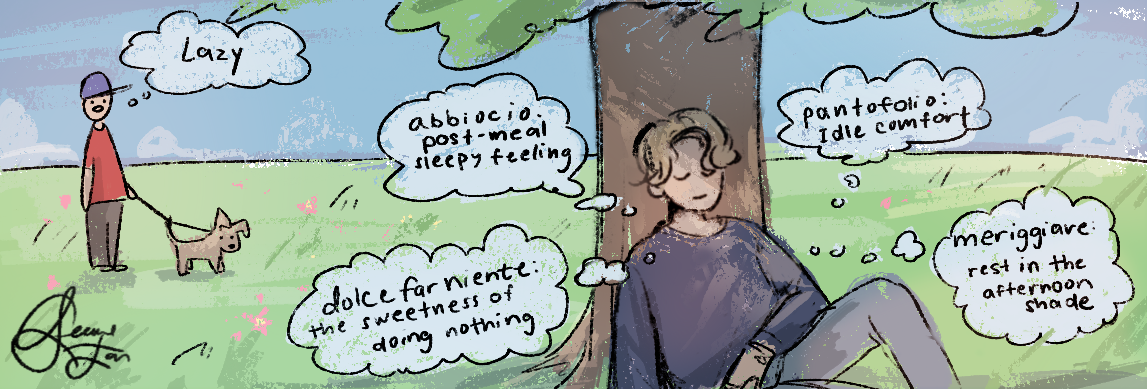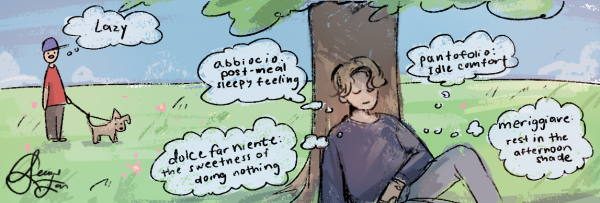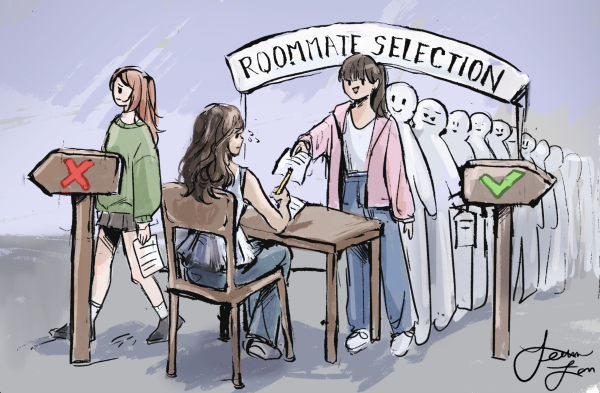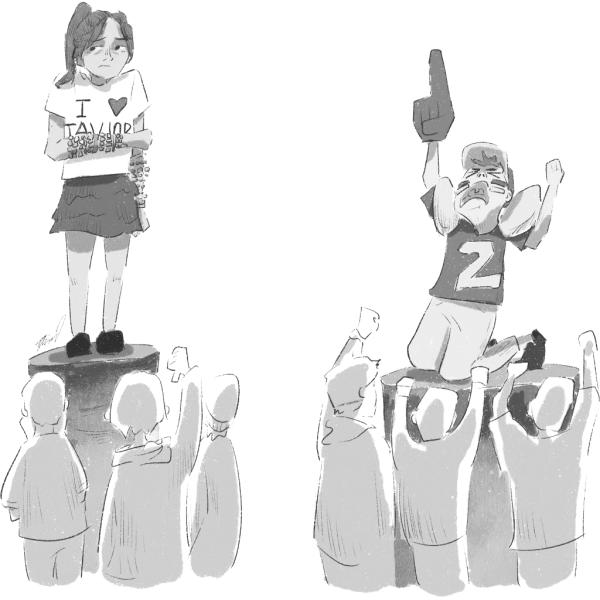China, US bungle COVID-19 response
May 1, 2020
The COVID-19 pandemic is one of the most wide-spread transmissions of any singular virus in history. After the first case outside of China was discovered on Jan. 13 in Thailand, the virus has only spread, with a total death count of 231,000 and 3.25 million infected as of yesterday. As such, governments worldwide are struggling to limit the spread of the virus while still allowing for appropriate freedom and necessary work to continue.
This struggle for balance is seen in both China and the U.S., where different power structures–ie. the fast acting one-party system in China vs. the more democratic process in the US–have resulted in different levels of force from the government. In China, especially, freedom is yet another victim of COVID-19, as invasive data collection used to gather information on possible virus spread further limits privacy. In the US, those protesting for their right to work and go out risk endangering others, further exacerbating an already tense situation.
Despite such protest from those disgruntled by having to stay at home, a plan for action in the US, which has been criticized for coming together too slowly, was still not in place on Jan. 22, when the president remarked that he was not worried and “we have it totally under control. It’s one person coming in from China.”
Despite a lack of initial worry, however, as of March 26 the number of confirmed cases in the US had surpassed that reported in China itself, and in less than two months, life in the continental United States has changed drastically. Since the first case was discovered in the US on Jan. 20, the crisis has accelerated. Information about the outbreak has been grim, as those antsy about staying home protest the lockdown in crowded, downtown demonstrations, and the number of new cases discovered either spikes or flatlines by day.
Despite certain federal decisions, such as Trump’s Feb. 2 ban of any travel to and from China, the response has mostly been at a statewide level. The onus of the crisis has mainly been upon individual state governors, many of whom have their own disaster-relief plans. Volunteers and non-profit-groups hoping to lessen the burdens of medical professionals in the areas most severely impacted have also helped widely at the community level, often times in creating and distributing masks.
Contrasting with that is the response from China’s central government. Internal structural differences in the chain of command ensured China’s reaction to the first reported outbreak of COVID-19 was, and is still, vastly different.
With a stronger centralized government, China has been able to pull medical resources and personnel from all provinces, which are then are sent to hot spots where cases are higher or the need for help is greater, as directed by officials. Restrictions have also been greater, with a drone-enforced ban on congregation and the requirement that everyone outside wear a face mask.
Information, while more well-dispensed than it had been in the previous SARS outbreak, has been very carefully controlled. (It took four or five months for the government to declare an outbreak. versus the one month it took for COVID-19.) One of the first known cases is noted to have begun showing signs on Dec. 10, but the first serious national response from President Xi Jinping was given on Jan. 20, at which point around 3,000 Chinese citizens had already contracted the disease.
An attempted cover-up in the early days of the outbreak lessened the time that could have been used by other countries to prepare for the pandemic, and China has drawn international criticism for such spreading doubt about whether COVID-19 could be transmitted person to person, which mislead the WHO and other countries trying to respond to the crisis. Chinese medical professionals who alerted the public of the growing risk were reprimanded by their superiors, or brought in for questioning. The actual population of China, which is in the billions, causes for speculation that only fewer than 100,000 people reported as infected, considering how fast COVID-19 actually spreads. Even now, information coming from the Chinese Communist Party (CCP) is considered questionable, as a rapid drop in the number of new cases in China indicates that the country will soon be able to return to a semblance of normal life.
Such a contrast in response is just another instance where the vastly different governing styles of the US and China have come into question. Indeed, it might be argued that China’s totalitarian, centralized approach to the outbreak has been more effective, what with the total number of confirmed cases in the US currently accounting for a third of the world’s total. Even now, China has only 84,338 confirmed, compared to the 1 million cases in the US. Yet, China’s numbers are noted to be vastly underestimated, perhaps best shown by the overflow of patients who exhibited symptoms but weren’t tested due to a shortage in testing kits. Yet this lack of medical supplies can be seen in the US as well, where due to the lack of national coordination, individual states are essentially bidding against each other for much-needed ventilators, masks and disinfectants, for hospitals that are rapidly running low. These supply chains are often used by more than one state at a time, leading to conflating prices, even as FEMA itself buys supplies out from under states themselves.
In the end, it’s evident that both responses, be it from China or the US, have been deeply flawed. Riddled by inaccuracy, lack of preparedness, and bureaucratic arrogance in the face of a danger that was far more grave than any initial estimates, the pandemic response is only exposing issues that have long been there. In both countries, changes need to be made so that if, and when, the next pandemic comes, both freedom and safety are not one of the many things at stake.








